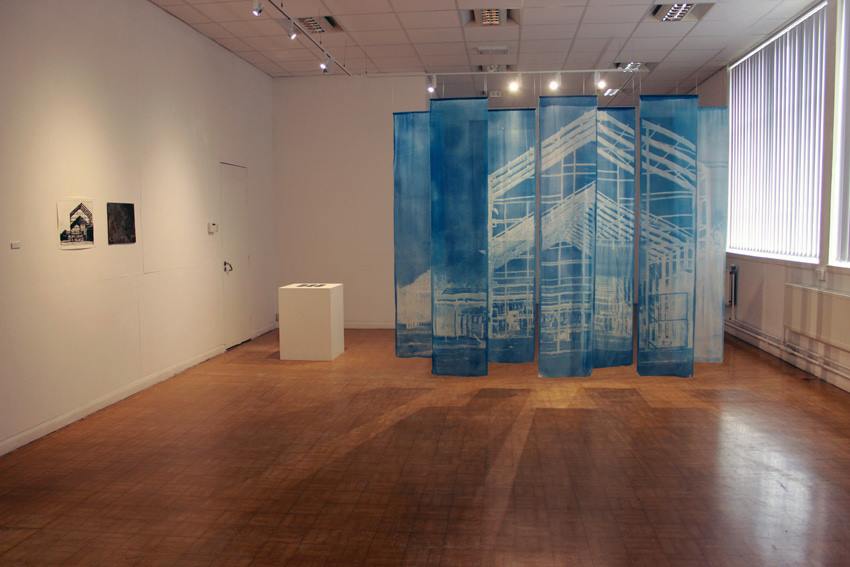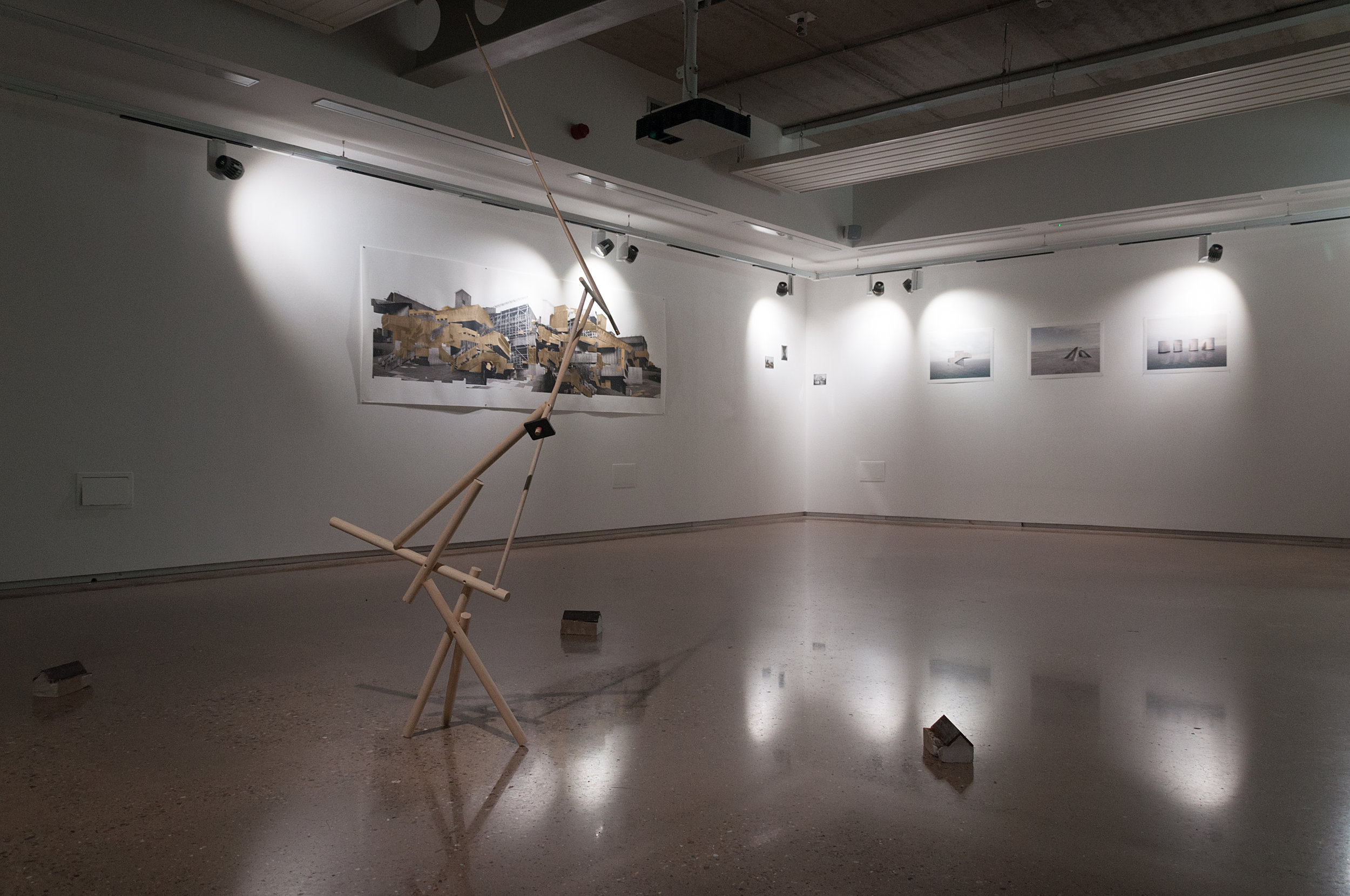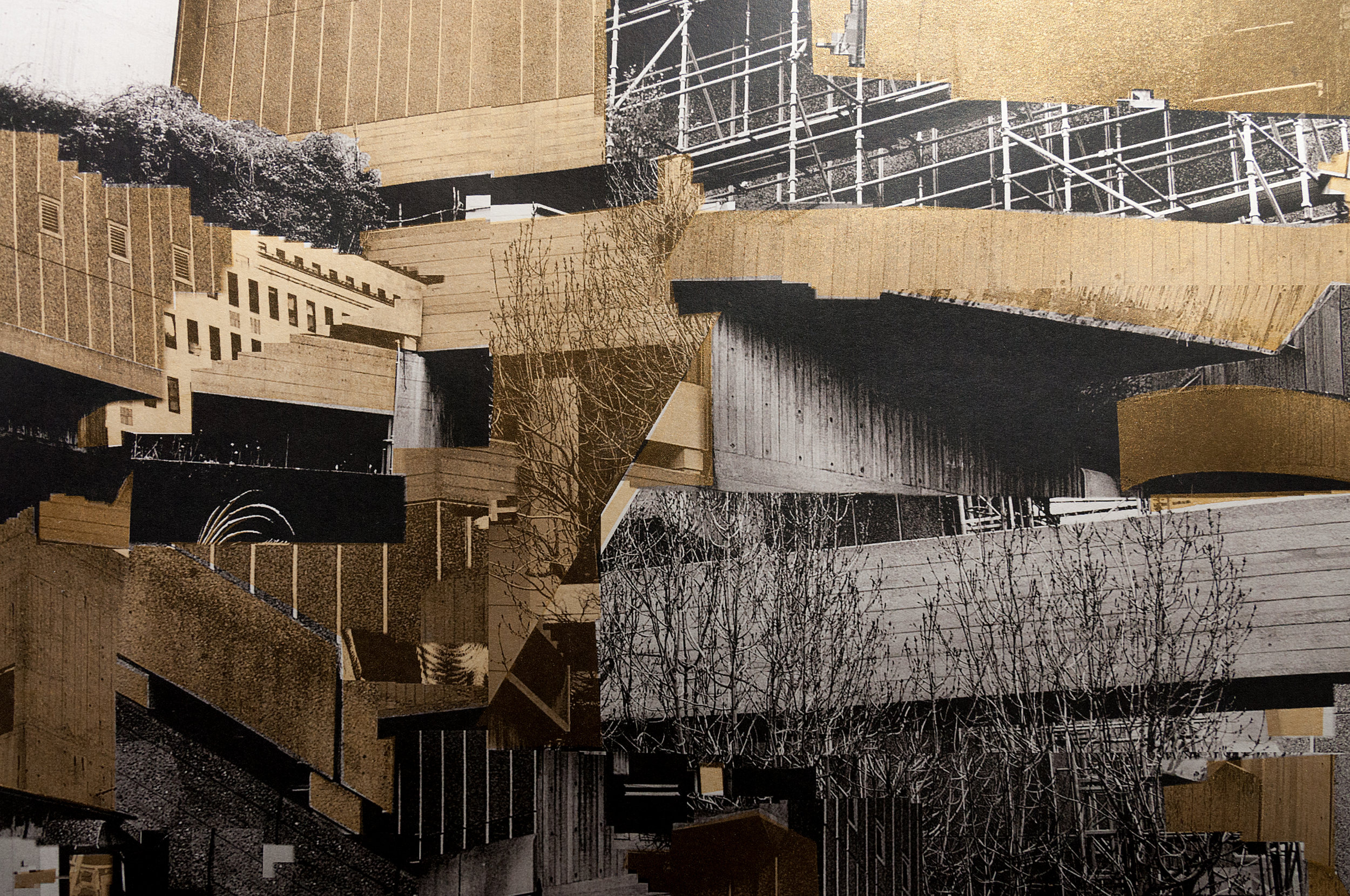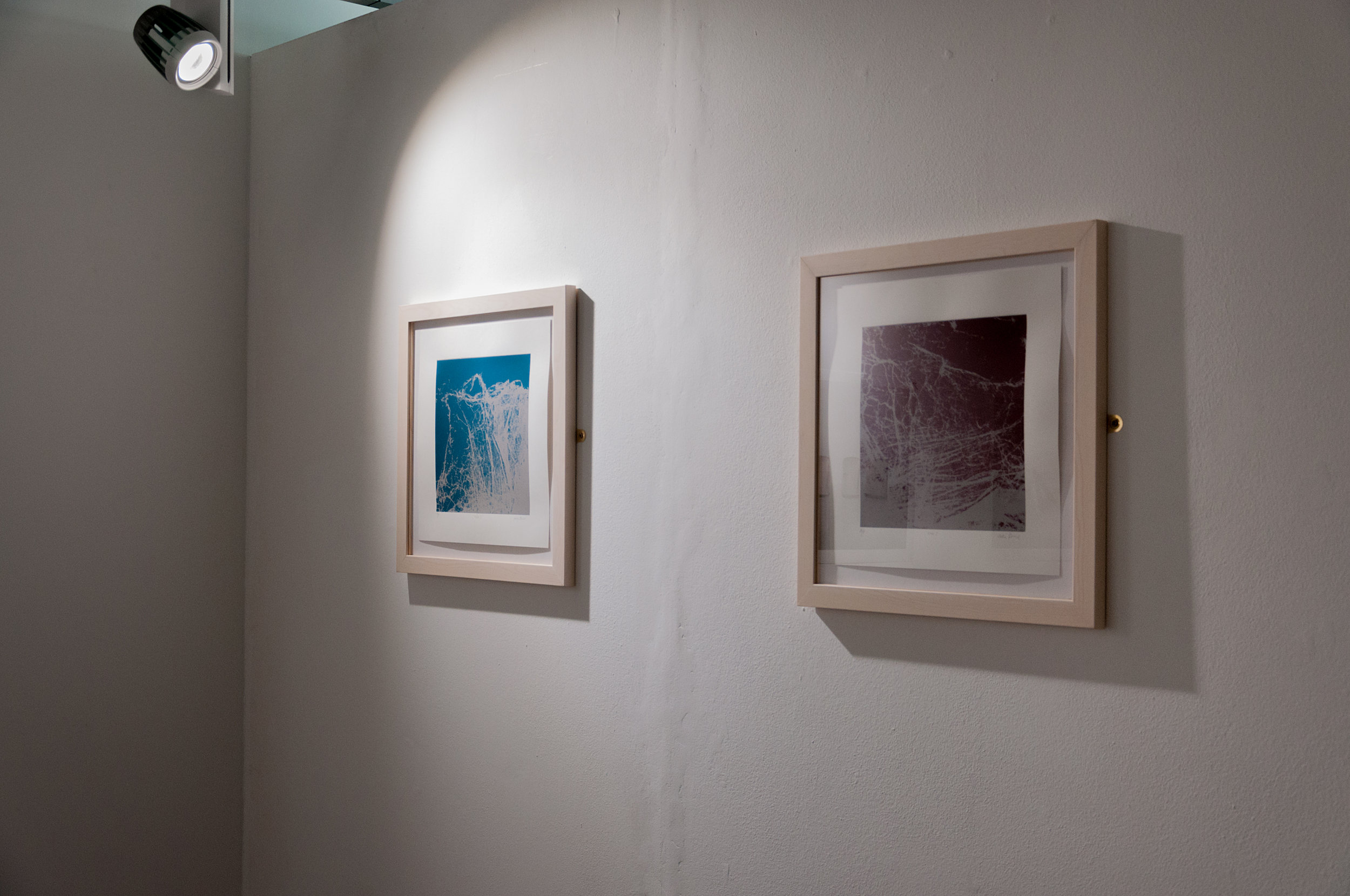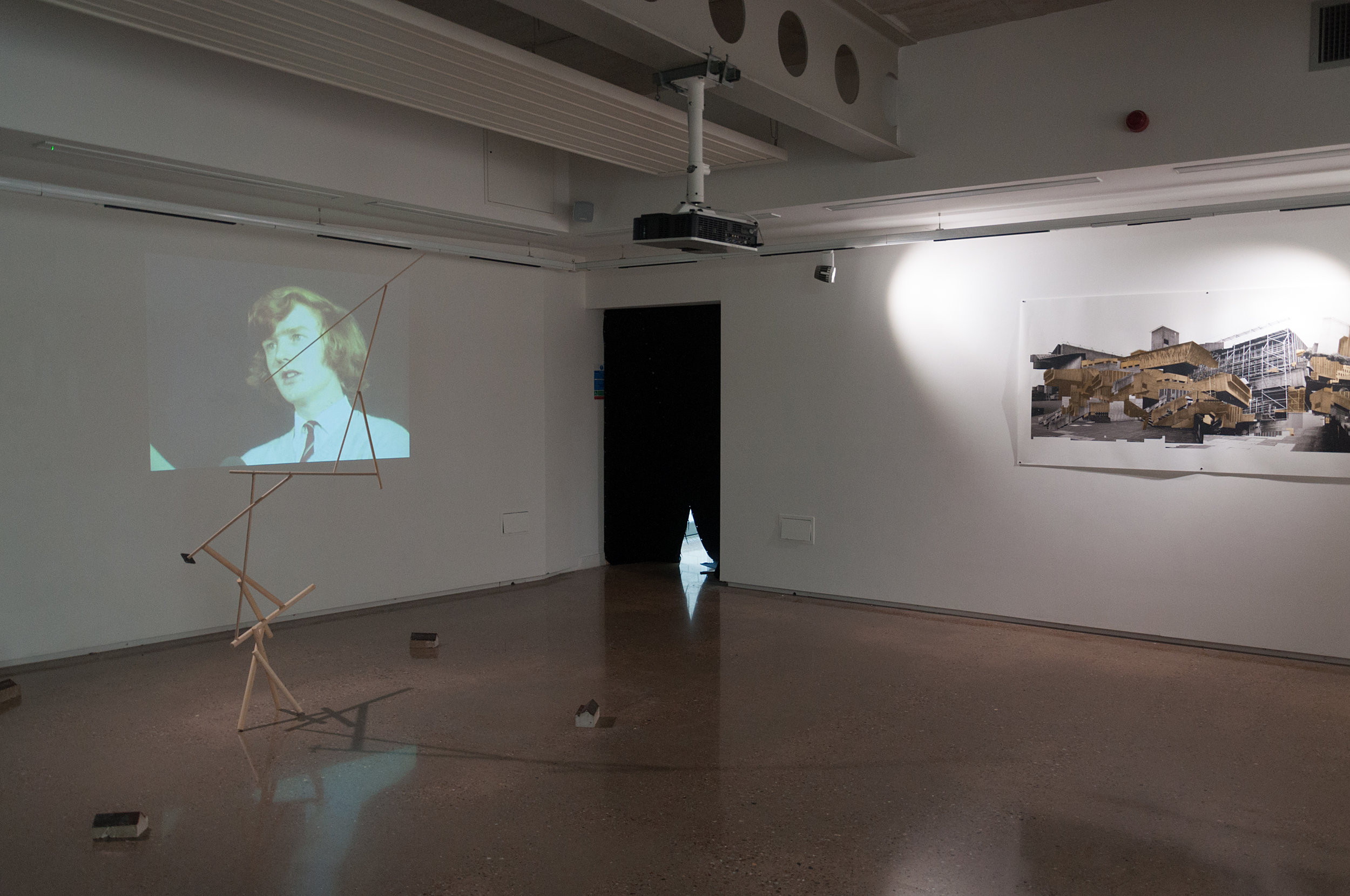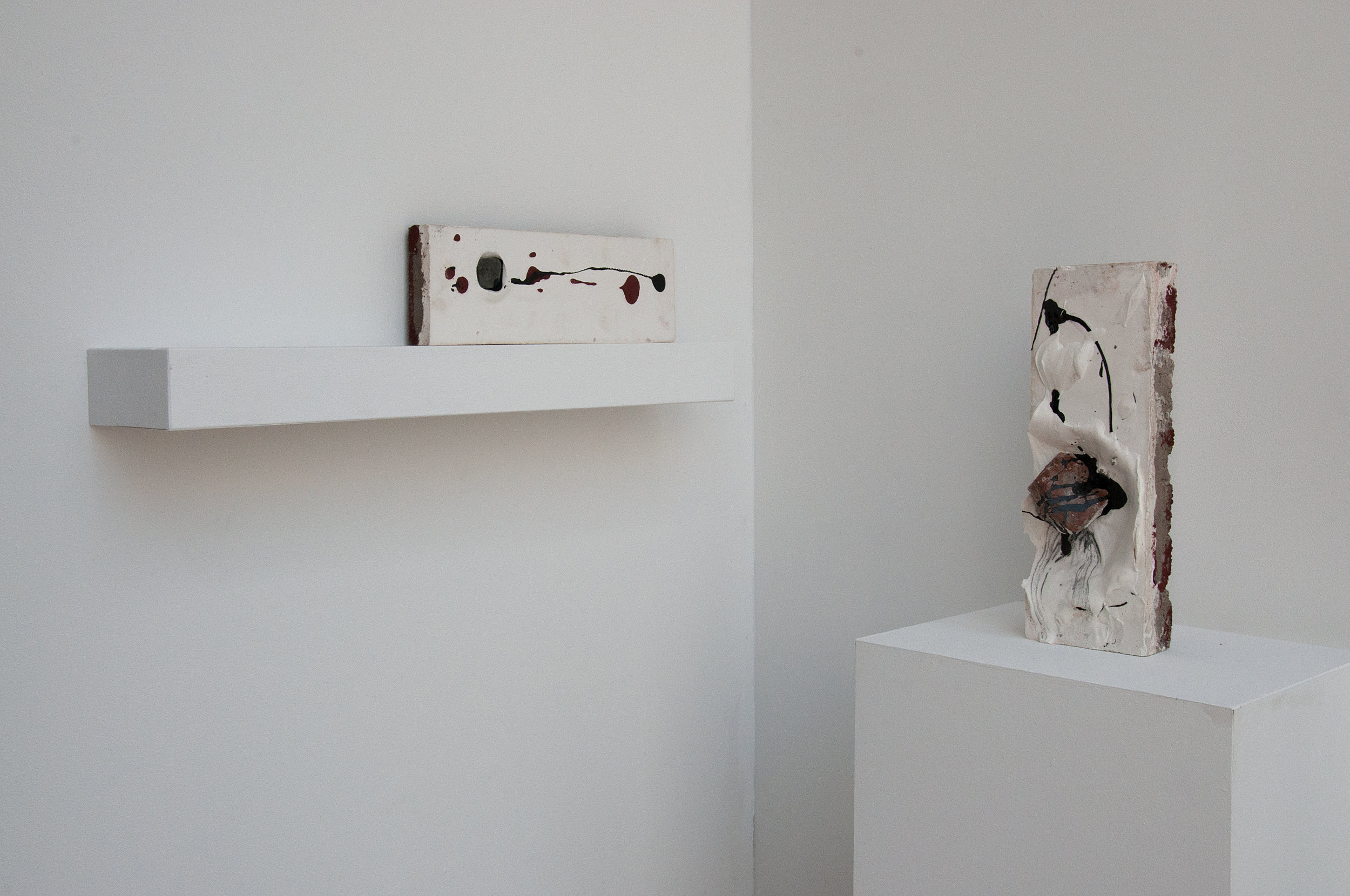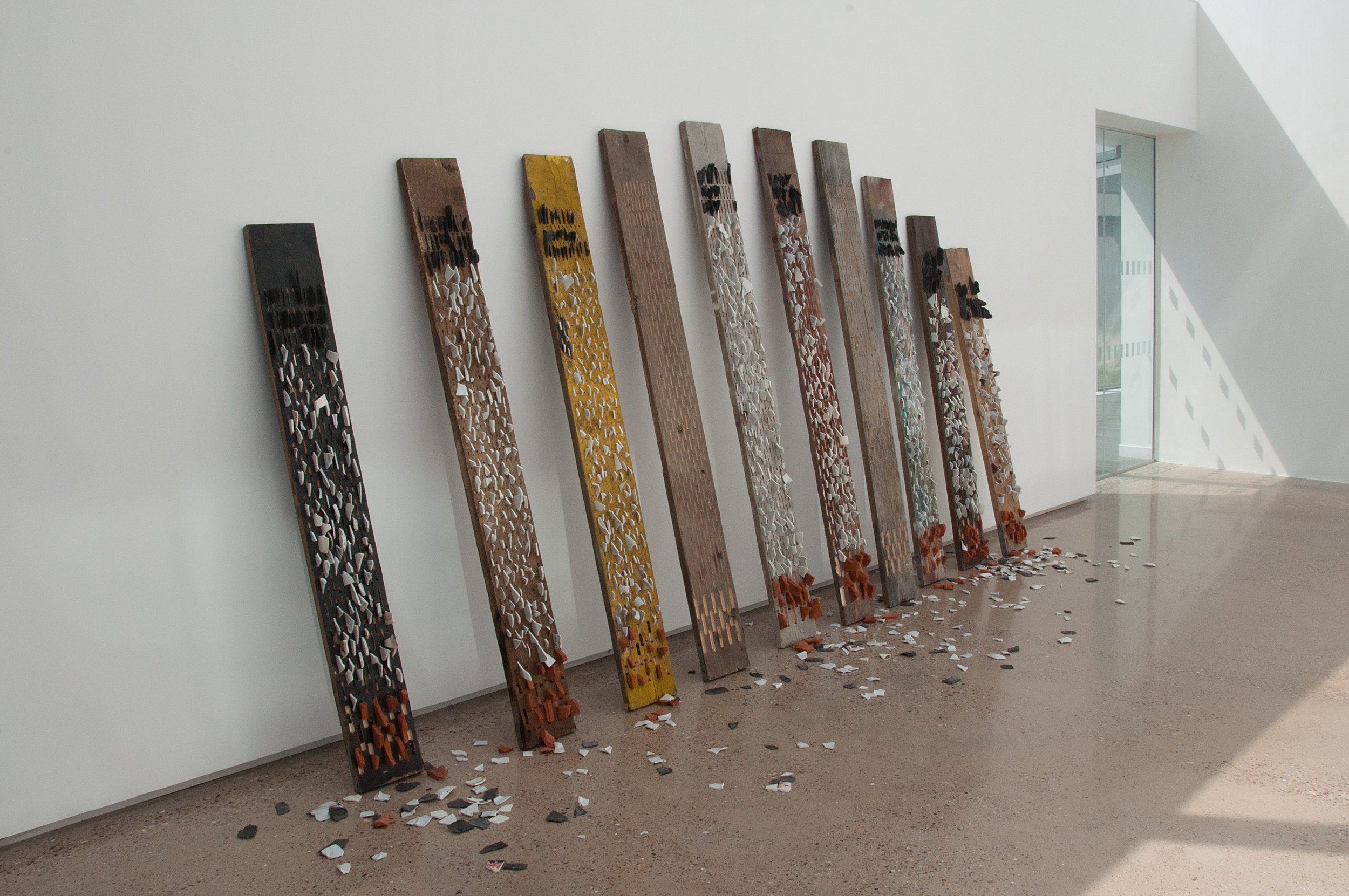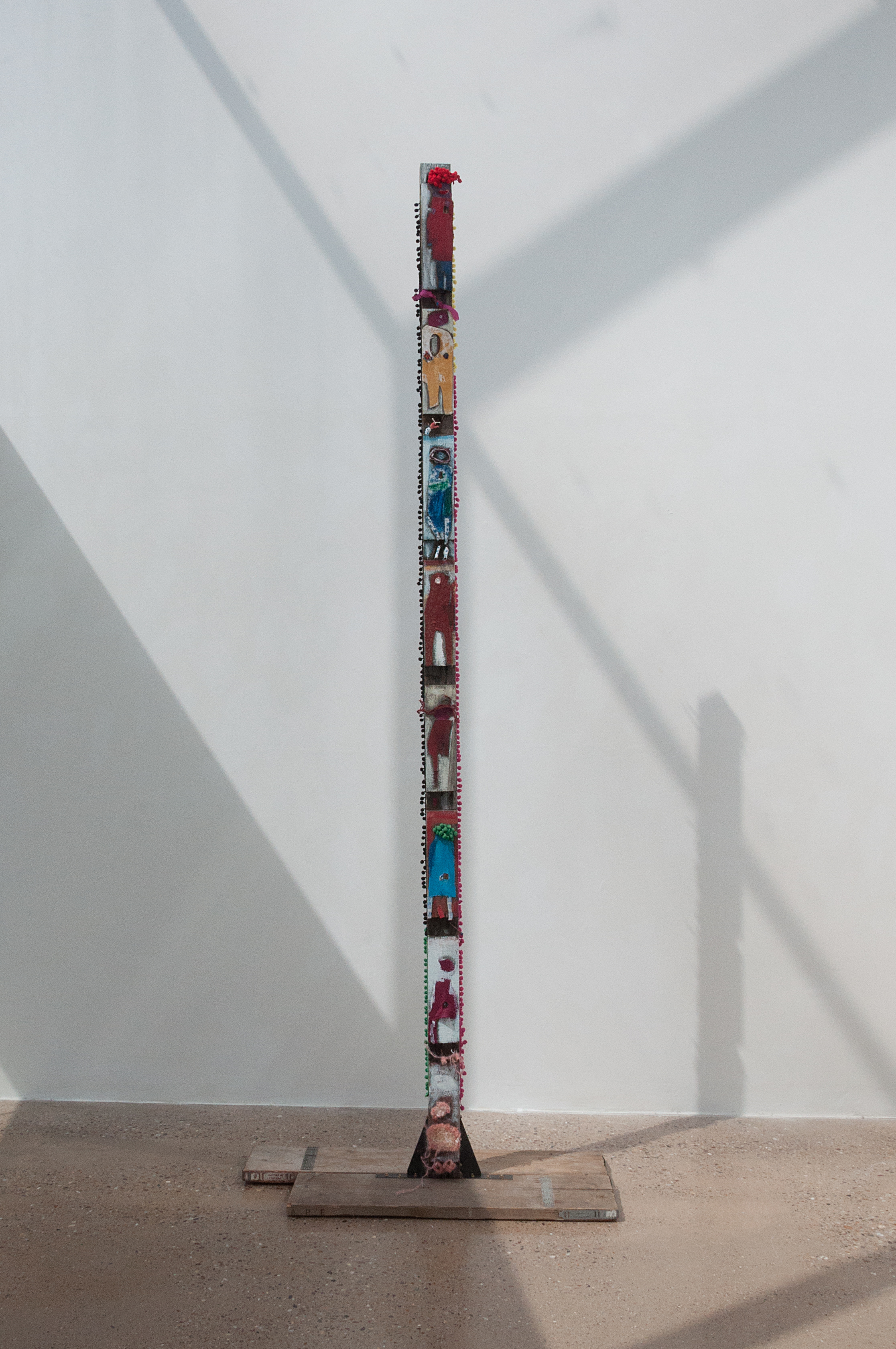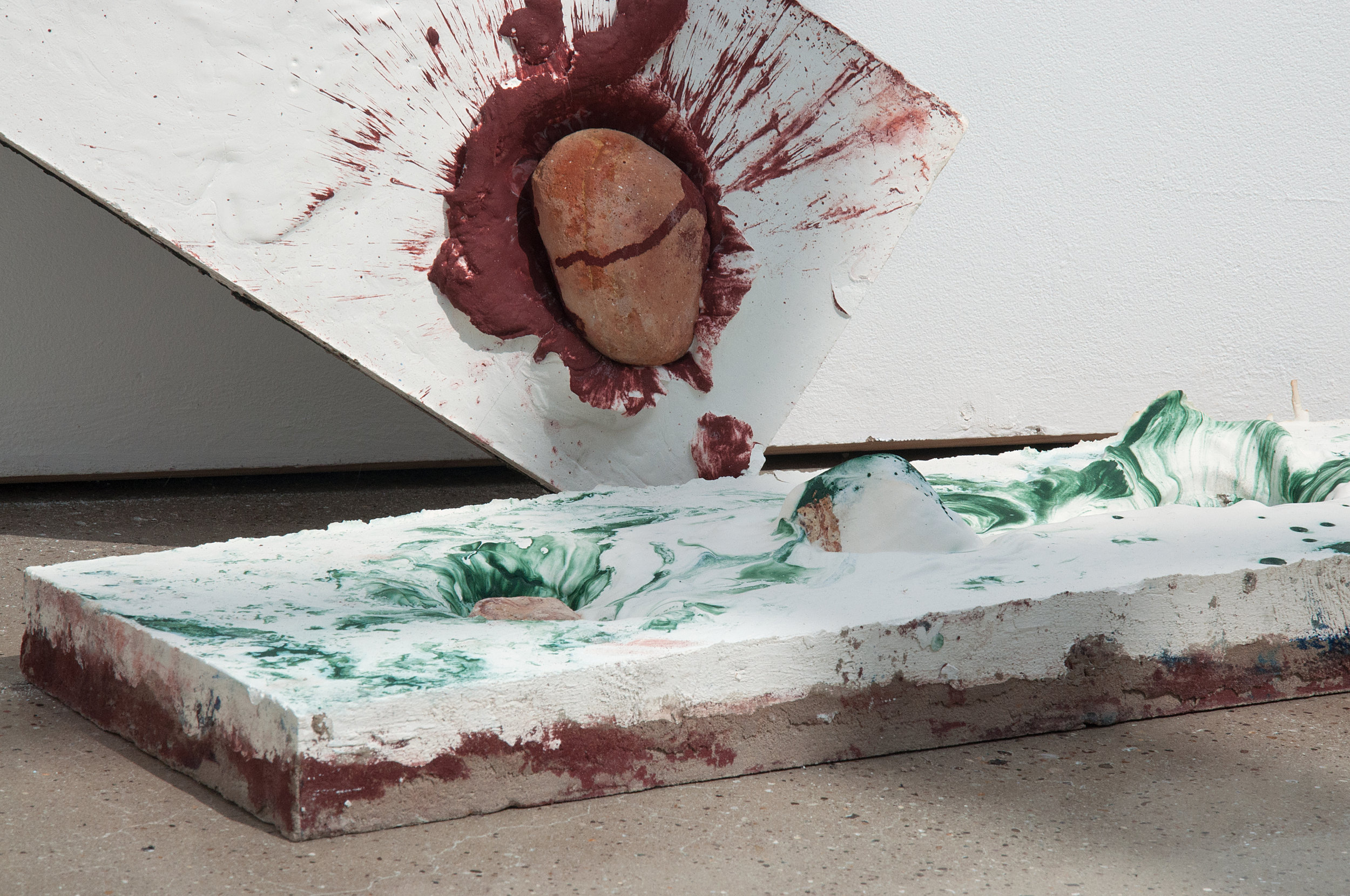I don't know how it happened, but somehow it's already May 2017. I told myself that I would blog at least once a month and my previous blog post dates December 2016... THIS IS NOT ACCEPTABLE. Anyway, what have I been up to? Good question. For those of you who read my blog which are probably very few, I bought an Intrepid large format camera which arrived in the new year. It's taken five months to get round to using it but I got there. Ladies and gentlemen, I give you the first decent test image I've taken:
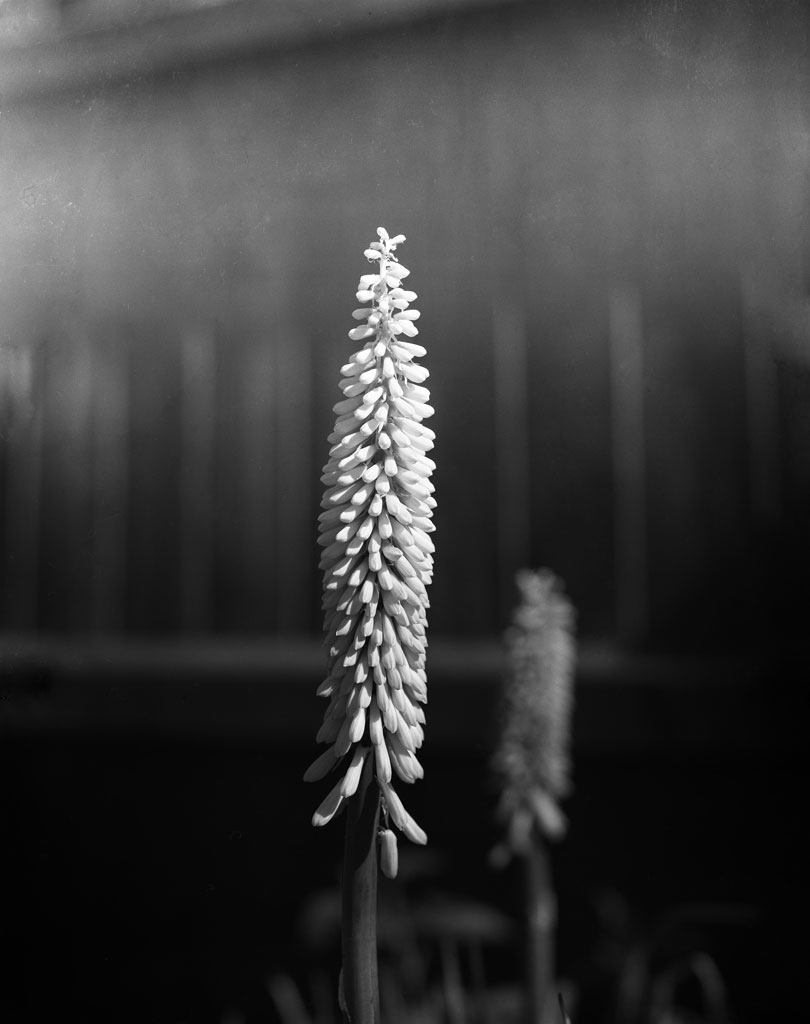
I've had a few problems regarding film development, dropping my wet negatives on the carpet were one of them so excuse the flecks of dust.
For whatever reason, FP4+ film and Rodinal have produced mixed results for me so I've ended up using the standing development technique for the first time. Unfortunately, as I was using the MOD54 there is a gradation in tonality where the image is darker at the bottom than the top. If this was developed in a tray I think this technique would have worked really well, particularly for lazy people who can't be bothered to agitate!
Those of you unfamiliar with processing black and white film, you would normally load the film in a spool/holder in the dark and dip the film in developer, stopper and fixer chemicals for specific amounts of time. Throughout the development phase, you would agitate for 5-10s every minute to ensure that the film processes evenly but with standing development, you just agitate for the first few minutes and leave it for an hour in a water bath (optional). With standing development, it produces the appearance of a sharper image by contrasting the blacks and highlights very similar to an unsharp mask but it can result in haloing. This can work in some images but not for all.
People might wonder why there is a fascination with analogue film when digital photography is more cost effective and produces immediate results which has streamlined the entire industry. To put it in simple terms, a normal full frame DSLR is the equivalent to a 35mm frame which takes an approximate image of 22-32mb. A large format 5x4" film is the equivalent to 200mb; that's 8K. New televisions don't usually reach this resolution! Now, I am often quick to judge when someone preaches about how more mega pixels equals a better image. It's really not. If you have an awesome camera but a poor bit of glass then you may as well be looking through fog.
Next purchase... two more lenses to complete the large format kit for my trip to Normandy this summer. Watch this space!


